In the privacy of a clearing, women dressed in ancient fashion dance with fauns around a central figure who, perched on a carved stone throne, holds a cornucopia. Two details of the composition allow us to understand the meaning of this demonstration of joy. In the background, in the shade of the trees, a woman holding an olive branch, a symbol of peace, embraces and holds another figure brandishing a sword, a warlike allusion. In the foreground, a lamb, an expression of innocence and purity, precedes a growling wolf, the incarnation of wild strength. Thus, the protagonists of this painting celebrate the triumph of peace over war, here manifested by a cornucopia which brings fertility, fortune and prosperity to men. The signature “F. LAVORO” inscribed in the stone terrace is that of the Roman artist Filippo Lauri, whose surname of Flemish origin (Lawers) has had numerous spellings. In this work he shows a certain talent as a landscaper, having undoubtedly been transmitted to him by his father – the latter having been a student of Paul Bril. However, if the bluish foliage reveals an affinity with the art of Jan Brueghel I, the Arcadian atmosphere of the composition refers more to the Poussinian classicism in vogue at the time. In this regard, we know that Lauri collaborated with numerous followers of Poussin, in particular by staffing landscapes by Claude Lorrain and by collaborating with Gaspard Dughet in the creation of the frescoes decorating two mezzanines of the Borghese Palace in Rome. Our painting is a summary of the universe of Filippo Lauri, who often decorated his mythological scenes with bacchanals of satyrs, like his Apollo flaying Marsyas (Paris, Louvre), also painted on copper in a format similar to our painting . In 1924, the art historian Hermann Voss said of him that he was a painter at ease in small formats, his creative freedom expressing itself particularly in secular scenes where he knew how to combine pleasant colors and well-defined composition. row.
This delicate painting is elegantly highlighted by a period frame in carved and gilded wood, model called “Carlo Maratta”.
Dimensions: 18.5 x 23.5 cm - 30 x 35.5 cm with the frame
Biography: Filippo Lauri (Rome, August 25, 1623 – Id., Dec. 12, 1694) is the son of the Antwerp painter, Balthasar Lauwers (1578 – 1645), the latter having emigrated to Italy to pursue a career with Paul Bril. Filippo received his first lessons from his father and his brother-in-law, Agnelo Caroselli. In 1654, he joined the Academy of Saint-Luc in Rome and became its principal around 1685. His first distinguished client and patron was Monsignor Vittrice, governor of Rome from 1647 to 1650. At the beginning of the 1650s, he participated in the decoration of the Villa Borghese, at Pincio, and of some churches. At the same time, he began to work for Girolamo Farnese, successor to Monsignor Vittrice. However, his main masterpiece lies in the decoration of the mezzanine of the Borghese Palace for which he painted the Wedding of Bacchus and Ariadne as well as grisaille medallions particularly praised by Francesco Saverio Baldinucci.
Bibliography:
- BODART, Didier, The painters of the southern Netherlands and the principality of Liège in Rome in the 17th century, Brussels, Belgian Historical Institute of Rome, 1970
- BOISCLAIR, Marie-Nicole, “The decoration of the two mezzanines of the Borghese palace Rome”, Canadian Art Review, 1976, Vol. 3, No. 1, pp. 7-27.
- SALERNO, Luigi, Pittori di paesaggio del seicento a Roma (Rome, 1977–8), Bozzi Ugo Editore, Rome, 1977.



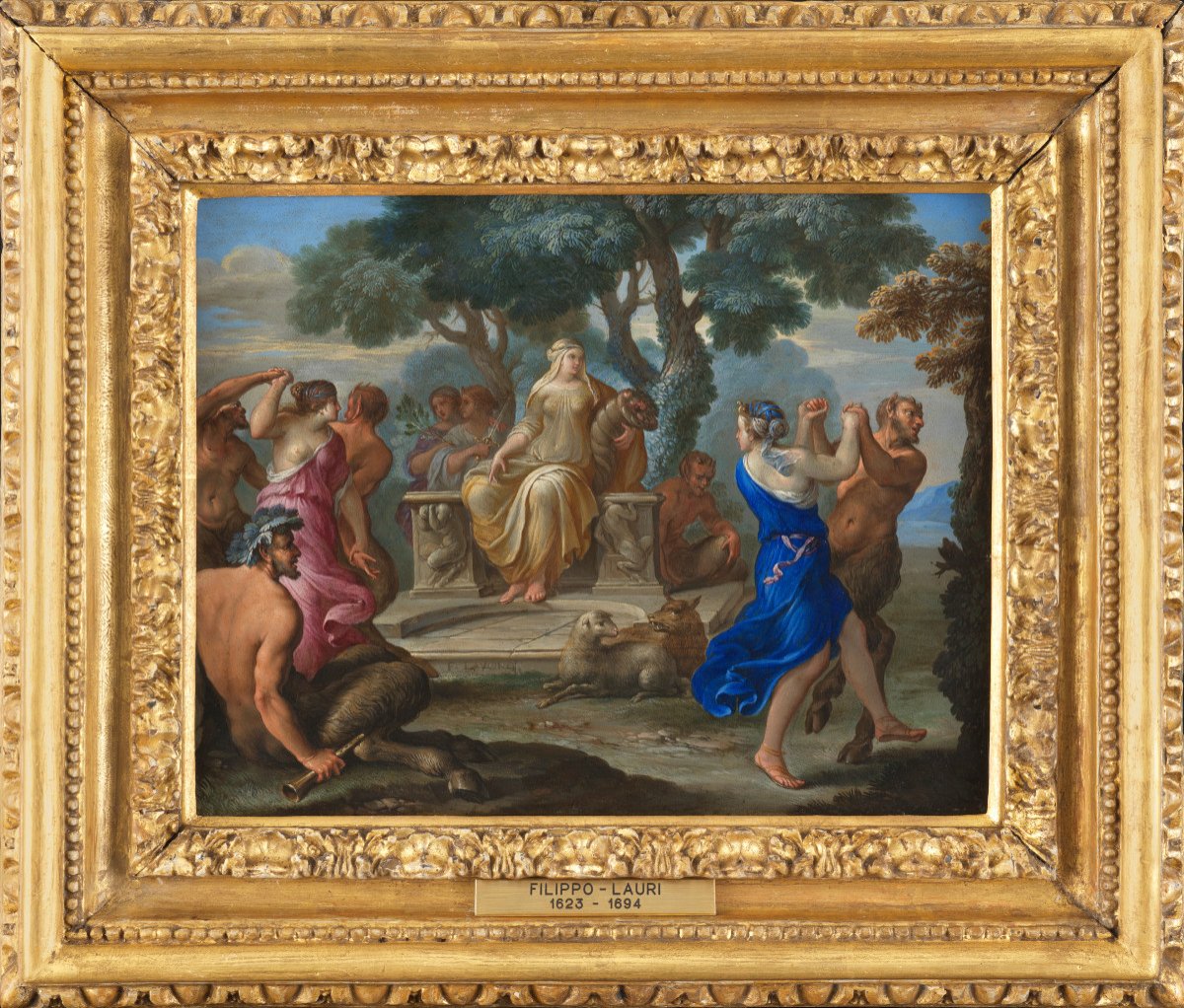
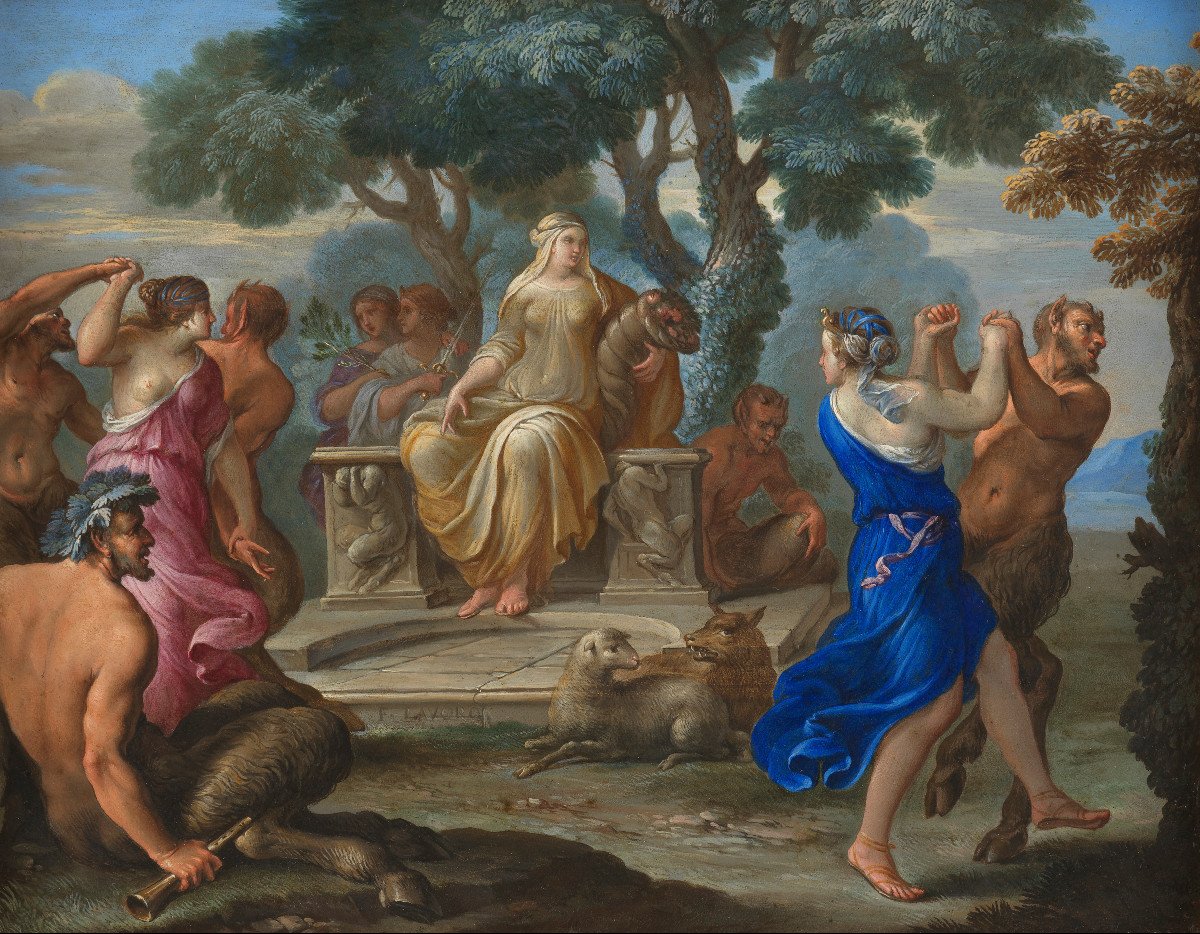
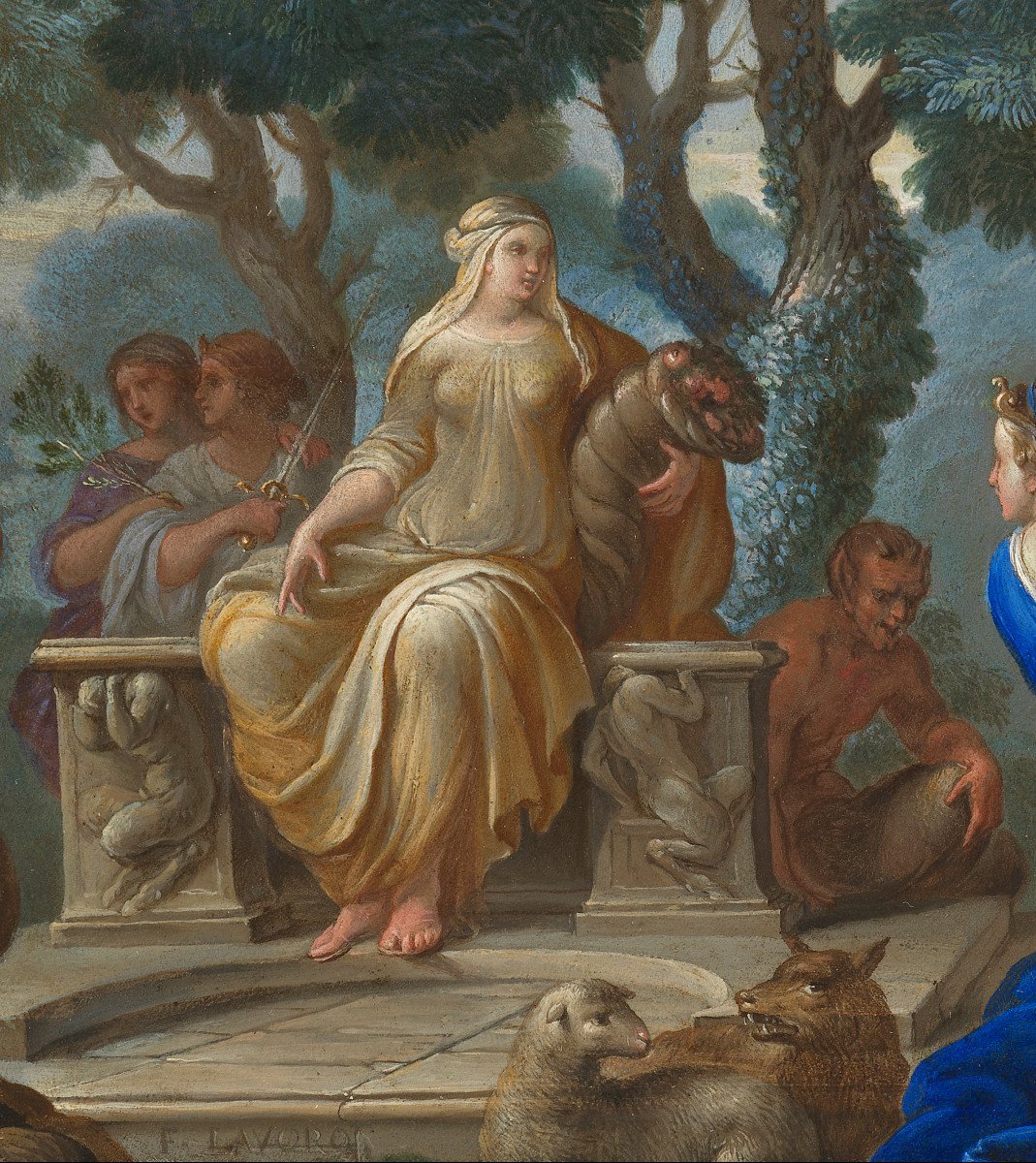
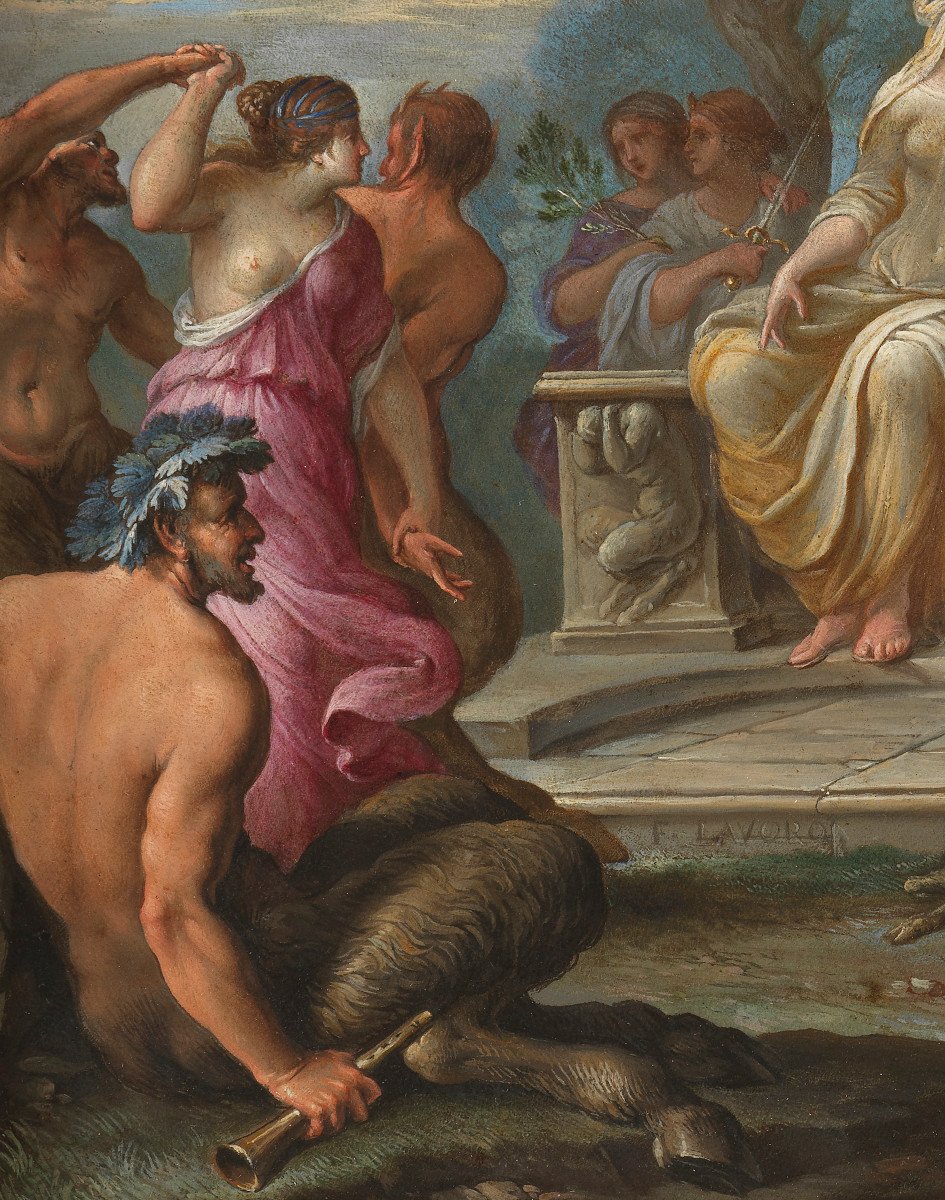
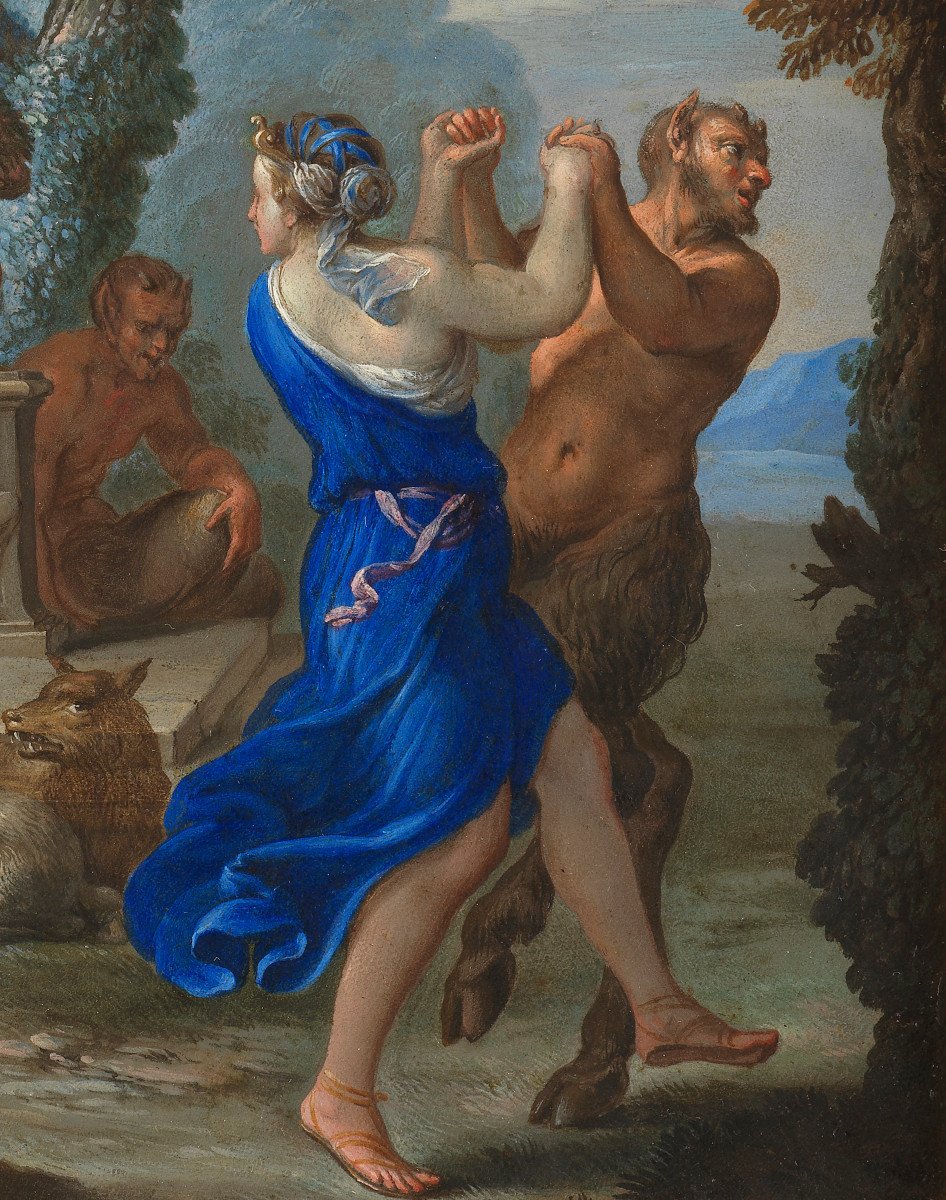
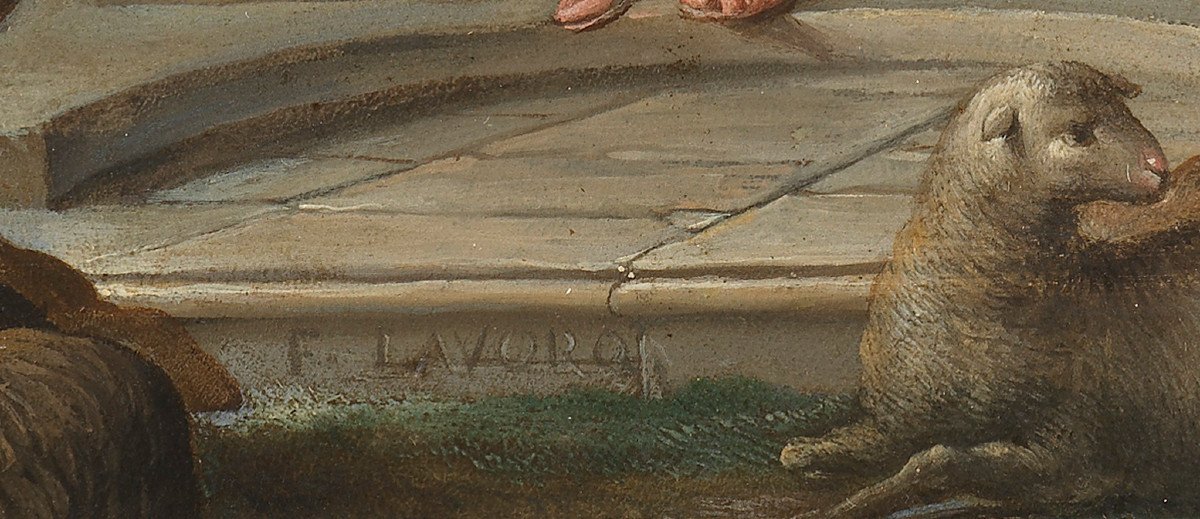
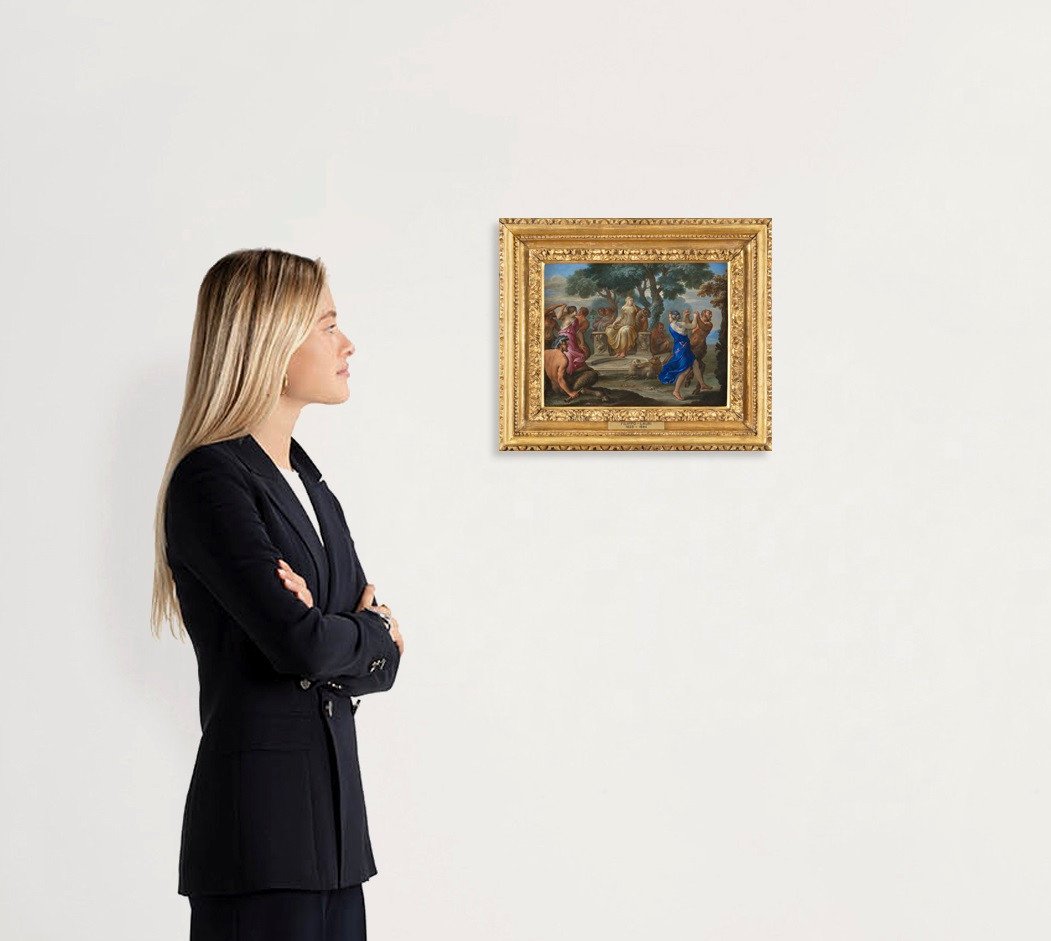
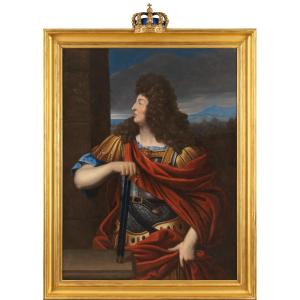
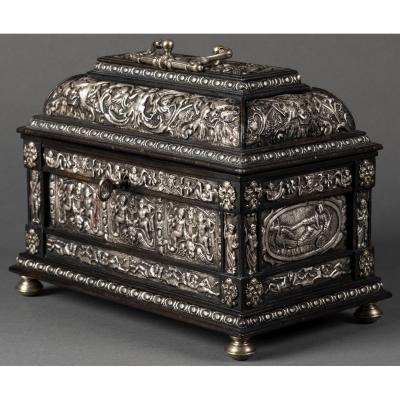

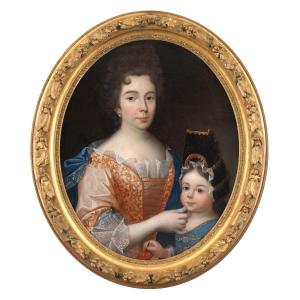


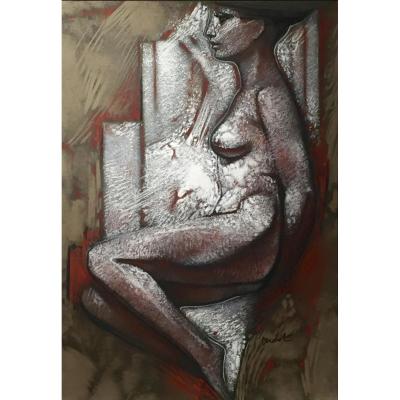
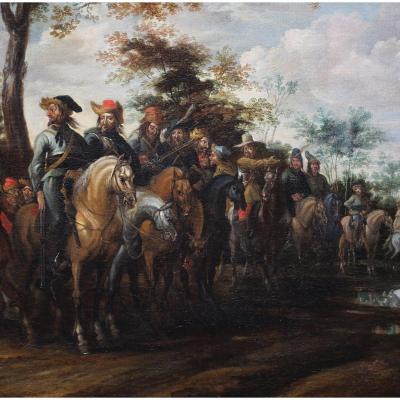

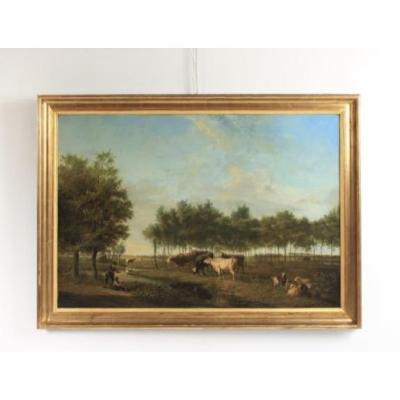

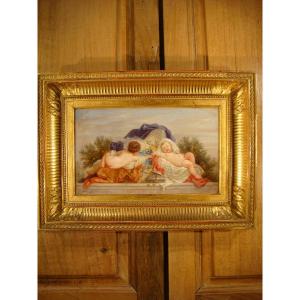




 Le Magazine de PROANTIC
Le Magazine de PROANTIC TRÉSORS Magazine
TRÉSORS Magazine Rivista Artiquariato
Rivista Artiquariato
